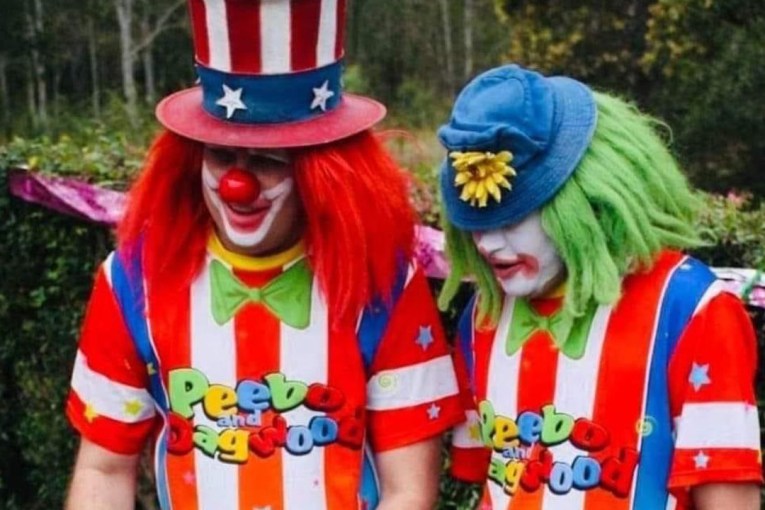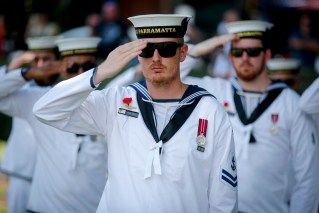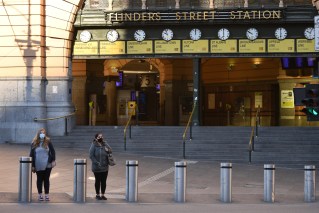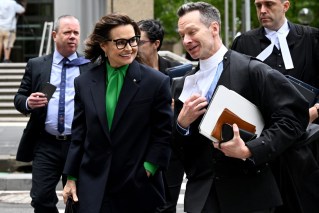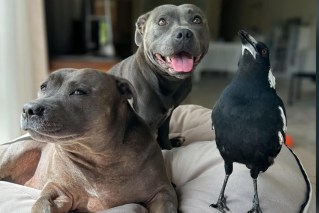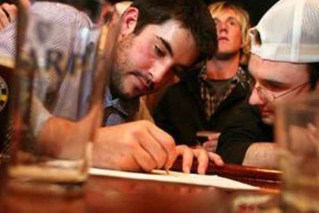Let’s not start a class war, but must we spend millions on wagyu and polo ponies?
The Palaszczuk Government has granted millions of dollars to Queensland tourist operators, all in the name of post-pandemic recovery. It’s not a good idea, argues Robert MacDonald.


The state government has spend more than $1.8 million supporting a business based on polo ponies and wagyu cattle. File image.
If you’ve ever wondered how far the Labor Party has drifted from its working-class roots, here’s something to think about.
The Palaszczuk Government recently gave $1.84 million to a privately owned polo farm in the Gold Coast hinterland as part of its post-pandemic tourism recovery strategy.
The recipient of this cash, Hazelwood Estate on the Beechmont Plateau, isn’t just a polo club. It’s also a wagyu cattle farm, day spa and, inevitably, a “luxury getaway”.
You’d think a Labor government might be slightly self-conscious about such a transaction.
Surely, at least one of Premier Annastacia Palaszczuk’s Praetorian guard of 30 spin doctors considered the incongruity of the traditional party of blue-collar workers handing over public cash to woo the polo-shirt brigade.
But no. Quite the contrary. The Government hung bells on the deal.
Tourism Minister Stirling Hinchliffe even showed up for the official opening of the upgraded resort – once a humble dairy farm – last month.
His office issued a gushing media release.
“Hazelwood Estate offers choice for visitors seeking an opulent getaway to the increasingly popular Scenic Rim,” Hinchcliffe is quoted as saying.
I’m not trying to start a class war here.
Polo players have rights, too, and it’s heartening to know they’ll finally have somewhere first class in south-east Queensland where they can not only play polo but also visit a spa and go on gourmet picnics.
And if the Government can spend a rumoured $8 million to bring this year’s first State of Origin match to Townsville in June, what’s wrong with dropping $1.84 million to woo the presumably well-heeled polo set to the state?
On a per capita basis, it could well be a better return – more money spent locally on champagne and fancy food rather than meat pies and beer.
So, what’s wrong, apart from the bizarre optics of it all?
To my mind, quite a lot actually, and not just with this deal but also the dozens of other recent cases where the Palaszczuk Government has given public money to private tourism companies to pursue their commercial dreams.
In the past four years the Government has helped fund the expansion plans of 105 tourism operators around the state, to the tune of about $73 million, by my calculation.
The money has come from two sources.
The larger is the $48.6 million Attracting Tourism Fund, which the Government established in 2018 to “invest in catalytic tourism infrastructure projects in Queensland”.
The second is the $25 million Growing Tourism Infrastructure Fund, which is part of the Government’s Covid economic recovery strategy. It’s focus is on “shovel-ready” projects.
Many of the fund recipients are not-for-profit organisations, such as the Eromanga Natural History Museum, and the sorts of places you’d expect governments to be backing in any event.
But many others, such as Hazelwood Estate, and Binna Burra Lodge, which received $1.48 million last year to develop a new hiking trail, are commercial businesses.
And this is where I think this government model of encouraging economic growth by directly funding private companies is fundamentally flawed.
If these companies think their expansion plans are such a good idea, why aren’t they funding them themselves?
Or, conversely, if the planned project is so uncommercial it needs a government grant to get it going, why should taxpayers carry the risk?
The Government says it’s all about post-pandemic economic stimulus. It claims that the projects it has supported are “catalytic”, whatever that might mean, and are delivering “more than 1630 construction and 996 operational jobs”.
If you do accept that this grant-heavy model for boosting local economies is a good idea then it’s worth asking how the Government selected the recipients of its largess and how it’s monitoring progress.
I did ask the questions last week but, as always, received some pre-existing and randomly chosen boilerplate response, along these lines:
“During the pandemic, the Attracting Tourism Fund has revived aviation routes critical for tourism in regional Queensland.
“The Growing Tourism Infrastructure Fund continues to support jobs and assist tourism operators to bring new product to the market.”
And if that doesn’t reassure you this is money being well spent, keep this in mind:
“There are similar Federal and State Government-funded tourism infrastructure grant programs operating around Australia.”
There was certainly no explanation of how the grant recipients were chosen or how the Government is monitoring this use of our money.
A couple of weeks ago I wrote a remembrance of recently deceased Keith De Lacy, State Treasurer during the six years of the Wayne Goss administration.
I described him as that rarest of things – a Labor treasurer who could say no.
I quoted his succinct business development philosophy:
“In general, the Government believes that Queensland business is not looking for special assistance programs from Government with hordes of bureaucrats picking winners.”
Times have changed. Anyone for a chukka?
